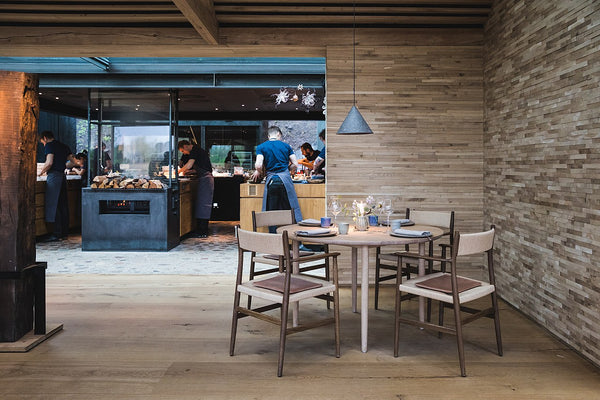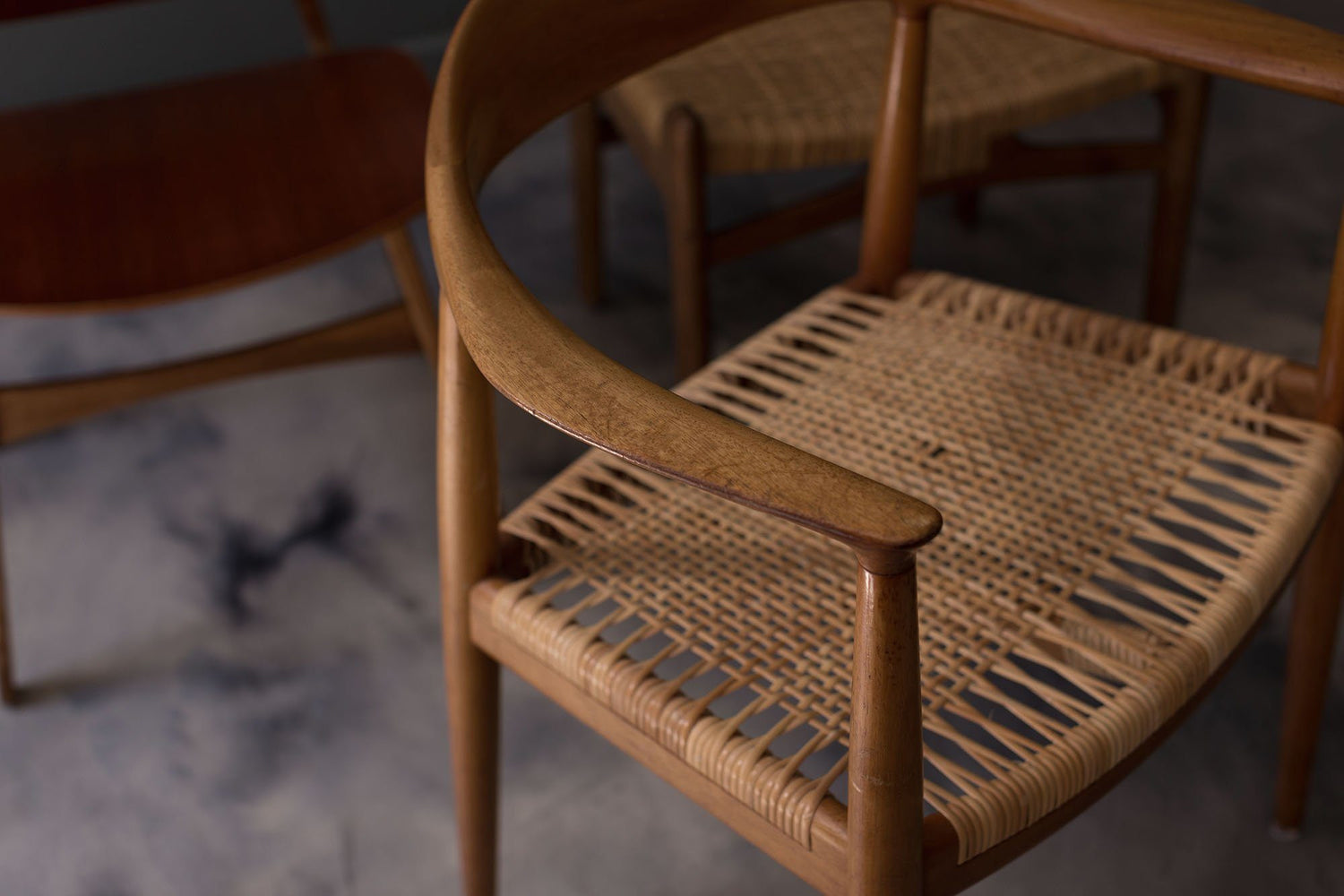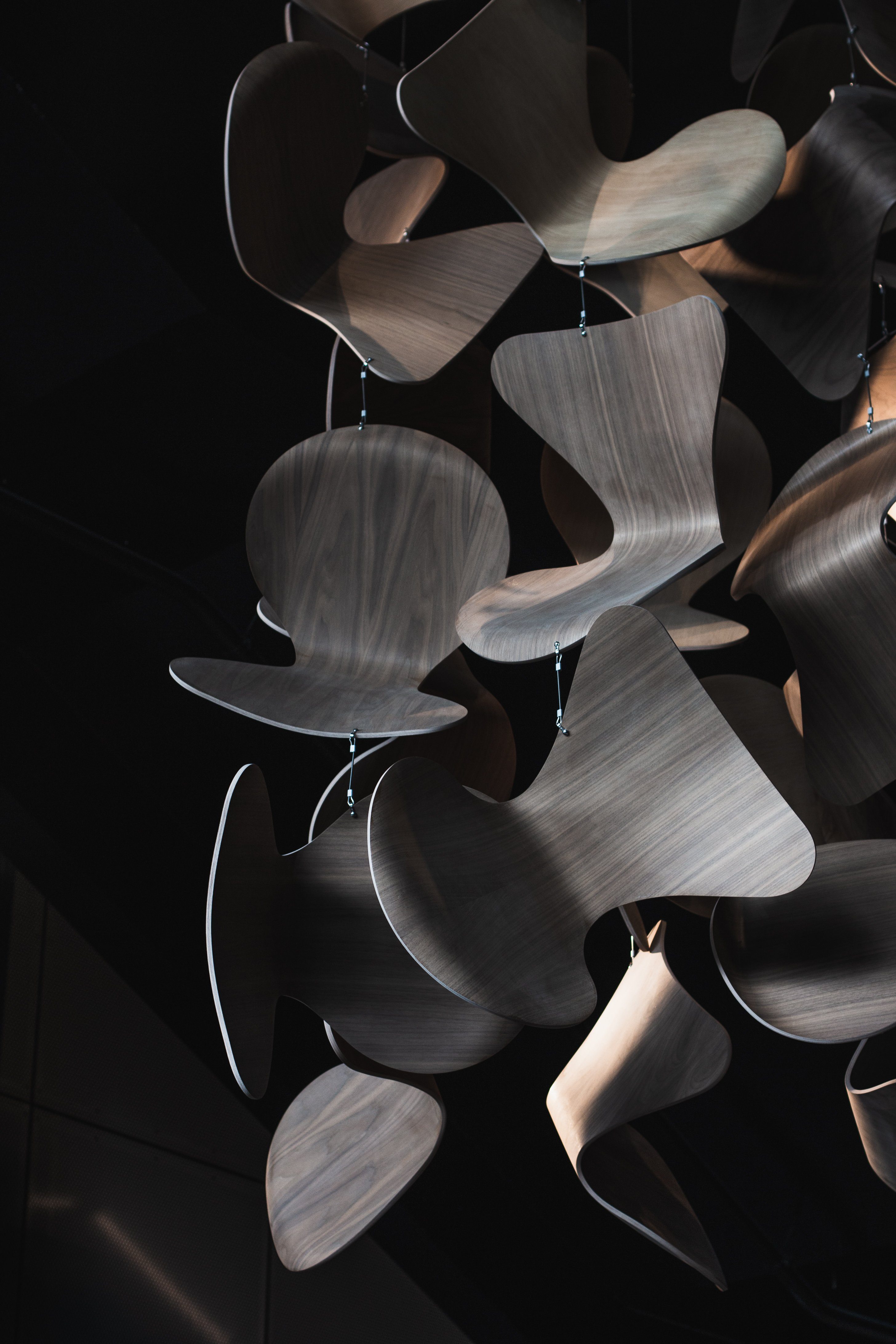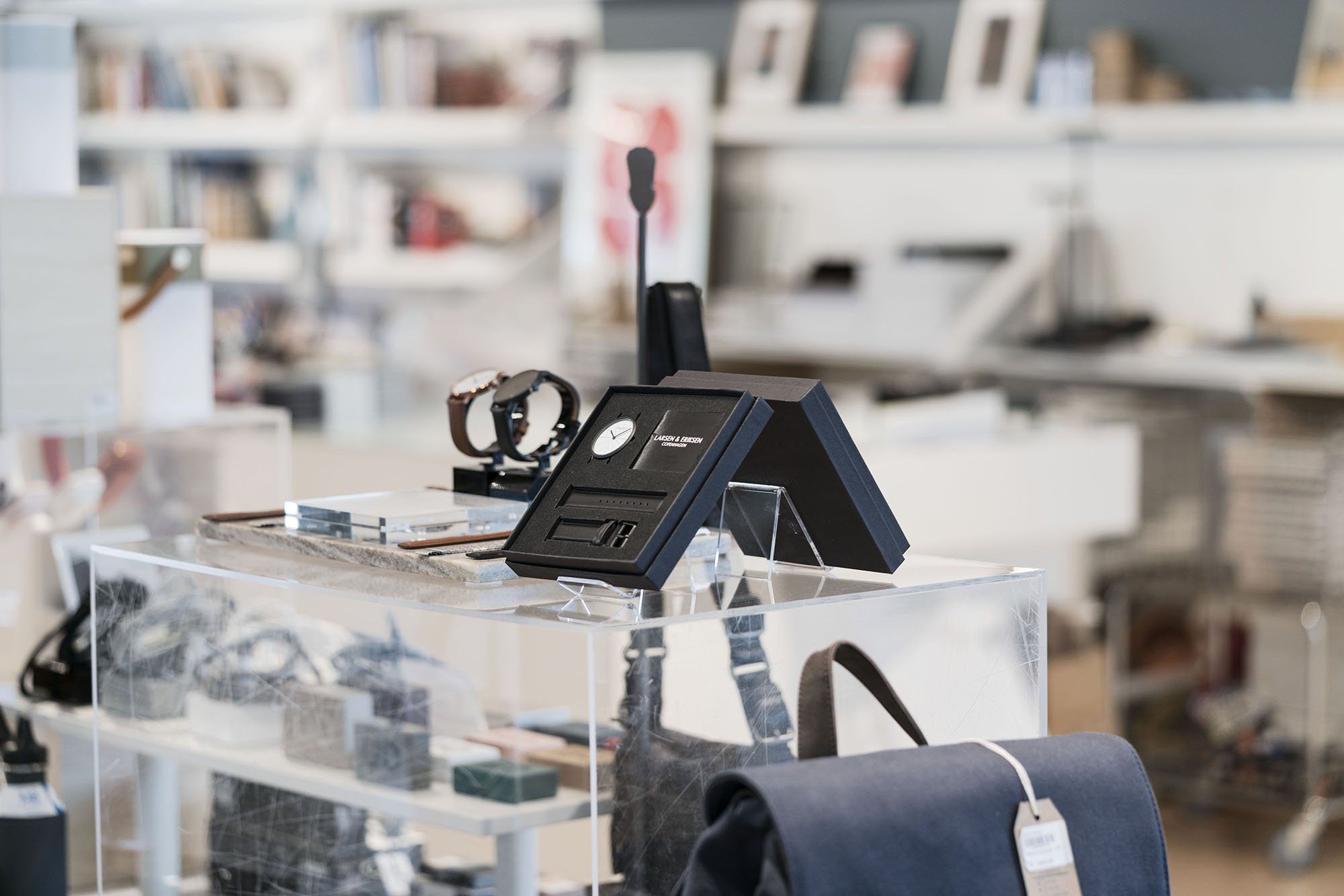SCANDINAVIAN DESIGN TIMELINE
Scandinavian design is torn between epochs. It’s a term that must accommodate both the functional craftsmanship of its 1950’s Golden Age, as well as the present-day Hygge-mania (pronounced “Hoog-ah”).
This timeline of the peaks and troughs of Scandinavian design shows how the region has managed to fight above its weight across creative industries for the last 70 years.
MID-CENTURY MODERN & THE GOLDEN AGE (1930's - 1970's)
The so-called Golden Age of Scandinavian design spanned from the 1930's to the 1970's, producing many of the designs now regarded as of the ‘classics’ of the Scandinavian Modern aesthetic.
In particular, the Nordic design output during the 50's and 60's is often reported as the peak of what the region can offer. The objects of this era and the personalities of its craftsman have become the retroactive benchmark used to critique contemporary Scandinavian design.
During this period domestic design products from Finland, Sweden, Denmark, Norway, and to a lesser extent Iceland, were achieving international popularity under the regional branding ‘Scandinavian design’.
In this lionisation, designers and their nationalities became linked thematically. To personify Scandinavian style today is still to list only the names of its historic icons - Arne Jacobsen, Kaare Klint, Alvar Aalto, Finn Juhl and Hans J. Wegner.

THE SWAN AND THE EGG CHAIRS BY ARNE JACOBSEN IN THE ARNE JACOBSEN ROOM AT HOTEL ALEXANDRA IN COPENHAGEN (PHOTO BY ZANE KRAUJINA)
In their book ‘Helt Vidt! - The Second Golden Age of Danish Design’ writers Daniel Golling and Gustuf Kjellin declare that these days, ‘It is easier to name five contemporary Danish design brands than five living Danish designers.’
Jacobsen’s Egg Chair and Aalto’s vase remain the reference points for the Scandinavian aesthetic. They appear in design museums as emblematic of the region’s entire offering; both its past and present.

ALVAR AALTO VASE, (PHOTO COURTESY OF IITTALA)
The origin of this geographic-based marketing was a 1951 exhibition held at London’s Heal’s Furniture Showroom called Scandinavia Design for Living. This marketing tool became more salient when the designs breached European borders in the North American travelling Design in Scandinavia 1954 - 1957.
Under this global gaze, functional, democratic and natural emerged as the recognisable motifs of Scandinavian architecture, interior and industrial design.
THE RETRO-CULT OF MID-CENTURY MODERN (1990's)
The re-animation of Scandinavian design as ‘New Nordic Design’ began in the 1990’s with the resurgence of an appetite for the mid-century modern interior design that had been perfected in Denmark in the post-war era.
After the Golden Age there was a lull in international taste for the Nordic aesthetic; a tide that was first turned by the emergence of a retro-cult for mid-century modern furniture.
It was Japanese collectors that were the catalyst for this rekindling of Danish home goods because of the similar championing of organic materials in their own aesthetics. They were initially attracted to the pieces made by Finn Juhl, one of Denmark’s most renowned furniture makers and architects. The Japanese were closely followed by buyers from the US and other European countries, who found that the classic designs sold in Denmark were cheaper than anything of comparable craftsmanship at home.

POSTER FROM THE EXHIBITION LEARNING FROM JAPAN AT THE DANISH DESIGN MUSEUM (PHOTO COURTESY OF DANISH DESIGN MUSEUM)
Serendipitously, this period of popularity coincided with the anniversaries of a number of the Scandinavian Modern masters - beginning in 2002 with the 100th birthday of the ‘forefather’ of Danish design, Arne Jacobsen.
In celebration, Nordic companies started to reissue classic designs and hold travelling exhibitions in homage to the icons. The 100th birthdays of Danish furniture titans Børge Mogensen and Hans J. Wegner in 2015 brought on a similar slew of exhibitions and re-releases.
This movement of the region’s rich design ancestry to the foreground fed the global appetite for the Scandinavian aesthetic. Yet the benefits of this popularity went to the well-established brands, with ownership over the classic styles.
Danish designer Cecilie Manz stated that during this period, ‘Young designers had a tough time, because there was no work for them – old companies were reproducing retro design and the old masters.’
NOMA & NEW NORDIC DESIGN (2000's)
It was in the kitchen that up-and-coming Scandinavian architects and designers were given their big breaks.
Indeed, the story of Nordic design’s rebirth over the last two decades is inextricable from the rise of the New Nordic Kitchen and the explosion of interest in Scandinavian gastronomy.
The prolific popularity of Copenhagen restaurant Noma, opened in 2003, was the catalyst for the movement. Here, Scandinavian food was re-introduced in the image of the existing regional philosophy established by the design discipline; simple elegance and locavore allegiance
The two-Michelin starred restaurant paved the way for a slew of other restaurants and businesses that echoed their celebration of landscape. This gave young architects and designers opportunities to craft new experiential spaces.

INTERIOR OF THE NEW NOMA (CREATIVE COMMONS)
This ushered in modern interpretations of Gesamstkunstwerk - a German word referring to multidisciplinary design pushed to its zenith. It is a design approach epitomised by Arne Jacobson’s SAS Royal Hotel (today named Radisson Blu Scandinavia Hotel) opened in 1960 in Copenhagen. For this project, Jacobson designed everything from the architecture to the cutlery in what is regarded as the world’s first design hotel.

ROOM 606 OF THE RADISSON BLU SCANDINAVIA HOTEL (CREATIVE COMMONS)
In a similar vein, Danish architectural firms Norm Architects and Space Copenhagen embraced Copenhagen’s many new commercial projects for their opportunity working across design scales and the established borders between faculties. Today, both company’s portfolios stretch the breadth of design - from the architecture of a new hotel architecture to a spoon and a desk lamp.
Aware of its resonance, the Danish government backed by the Nordic Council of Ministers began pushing the New Nordic idiom across other creative industries. A 2012 exhibition at the Louisiana Museum of Modern Art called New Nordic Architecture empowered a vision of a break between the current portfolio of design and its mid-century heritage.
Danish design brand Muuto was one of the first firms to use the label ‘‘New Nordic’ as a marketing device and design strategy; riding on the coattails of its usefulness in the food world. The brand’s name comes from the Finnish word ‘muutos’ meaning change, and they have a mission statement of delivering, ‘a new perspective on Scandinavian design’.
Likewise, furniture maker Normann Copenhagen’s series ‘New Danish Modern’ intentionally played into the idea of a line in the sand between design then and design now.
‘New’ appears often in Scandinavian design brand’s profiles. Yet, underneath the rhetoric, the motifs of this ‘new chapter’ in Scandinavian design are remarkably consistent with what these designers and architects have inherited.
Indeed, the values established in the Golden Age are more applicable, more needed, now than they were in the 1950's. And there’s nothing more powerful than an idea whose time has come.
Experience both the iconic history and the innovative present with every glance at your wrist with a LARSEN & ERIKSEN design.
Read more about the tension between contemporary Scandinavian designers and their heritage here.











